There are Nature Photographers. There are Passionate Photographers, and even an Angry Photographer on Youtube. What about grateful photography?
Yes, there are grateful photographers. In the USA, each November, folks celebrate a holiday for being grateful. Perhaps this Thanksgiving gives us space to frame our gratitude as grateful photographers. At this time of harvest, we can think and thank.
Think about all the timeless gifts that have helped our photography over the years. Perhaps now is a good time to cherish them. Here are just a few I’m grateful for:
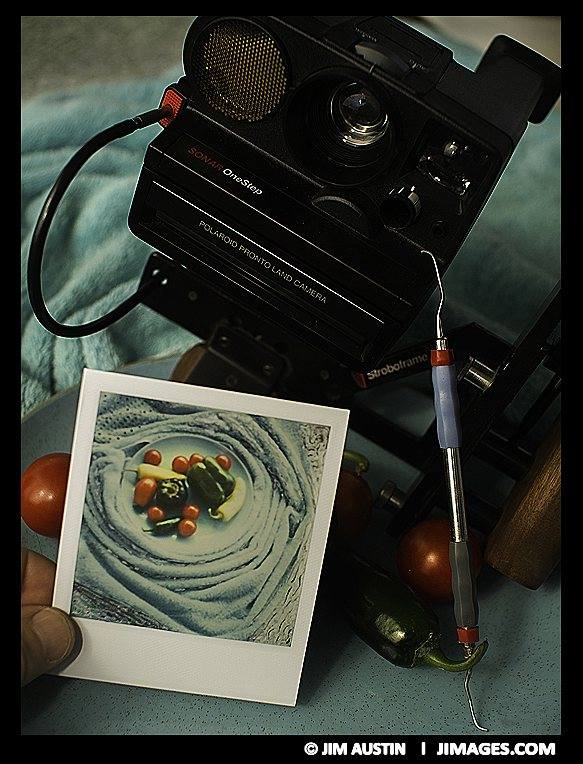
INSTANT PICTURES
Last week I took a picture at a presentation I gave, the Fuji Instax Wide print came out the top of the camera and developed itself in five minutes. It was a portrait of three of my friends. Do I need to search for a bigger miracle?
For the instant print process, we might thank Edith Weyde at Agfa. She was the mother of the diffusion process. The process she created, in the 1930’s, made Polaroid and Fuji instant prints possible. Above, I got a lot of joy from SX-70 Time Zero Instant print film and Polaroid cameras, they were a key part of my photography for years, as Fuji Instax is today.
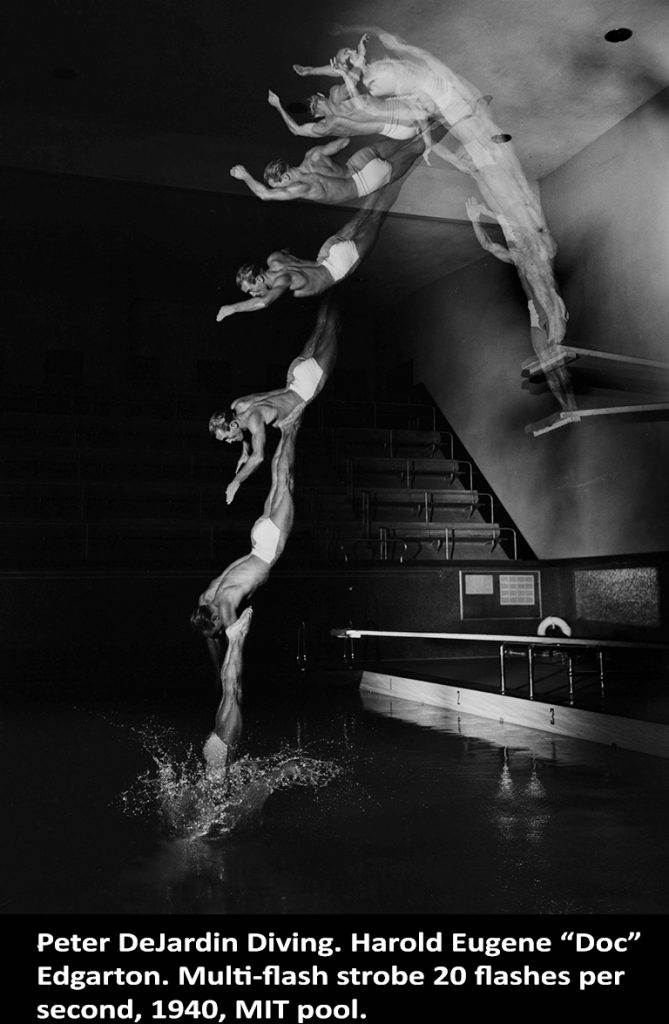
FLASH
Every time a flash fires, thank Dr. Harold Eugene Edgarton. At MIT, “Doc” Edgarton invented the electronic flash.
His images were visual and scientific experiments in how to see, and in seeing the invisible. Dr Edgarton possessed an insatiable curiosity and often was surprised by the results of his work. Above, American Olympic diver Ulise Joseph “Pete” Dejardin was captured by Edgarton’s high speed flash.
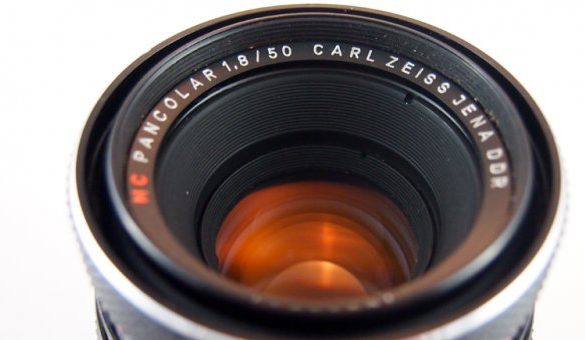
ZEISS IS NICE
Like sharp pictures? Almost 120 years after his death, we can still thank Carl Zeiss for sharpness. His lenses were made of Jena glass in Germany.
Some of these lenses are the sharpest ever. They bear the Carl Zeiss name. We might also thank the Zeiss factory designer Paul Rudolph, who gave us the anastigmat and the Tessar lens design, two of the most beautiful in optics.
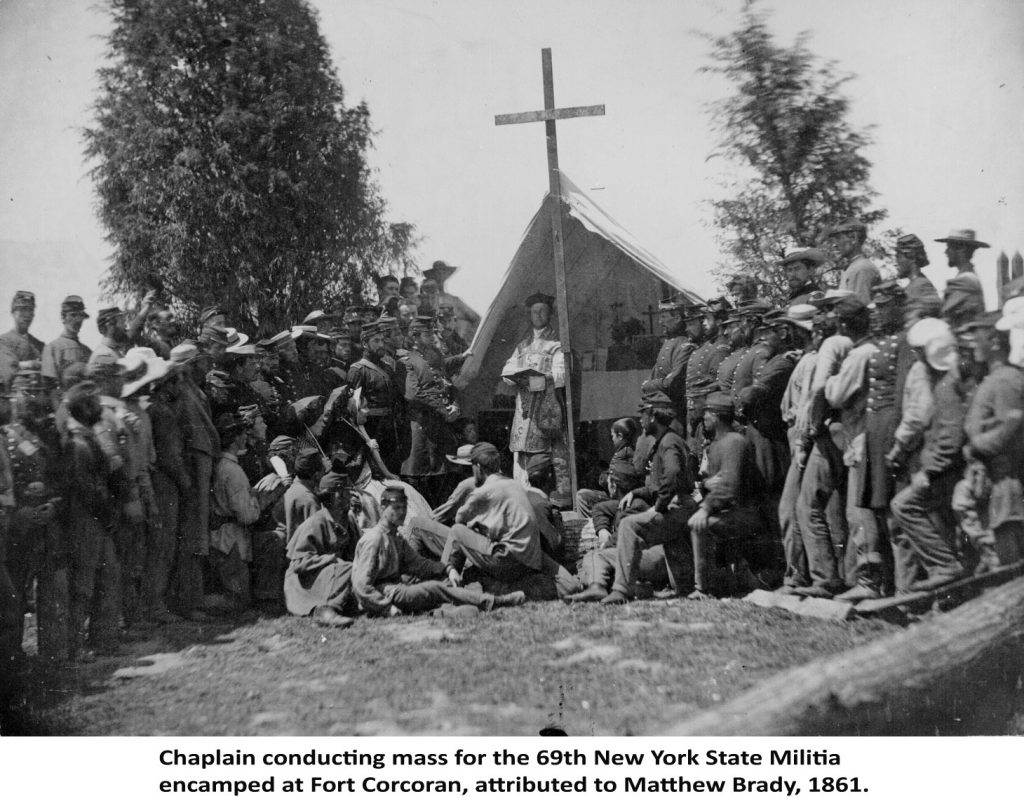
OLD SCHOOL FILM
Film buffs can be grateful too. We can thank Frederick Archer the sculptor. Archer pioneered a method that combined crisp image quality with negatives that could be easily copied. In 1851, he invented the collodion process.
Without it, we would have no visual record of the civil war. Why? Because Matthew Brady used the collodion photographic process to make his civil war images. These Matthew Brady images were featured throughout The Civil War, the award-winning film produced and directed by Ken Burns.
Likewise, there would probably be no Facebook site for Civil War Photography
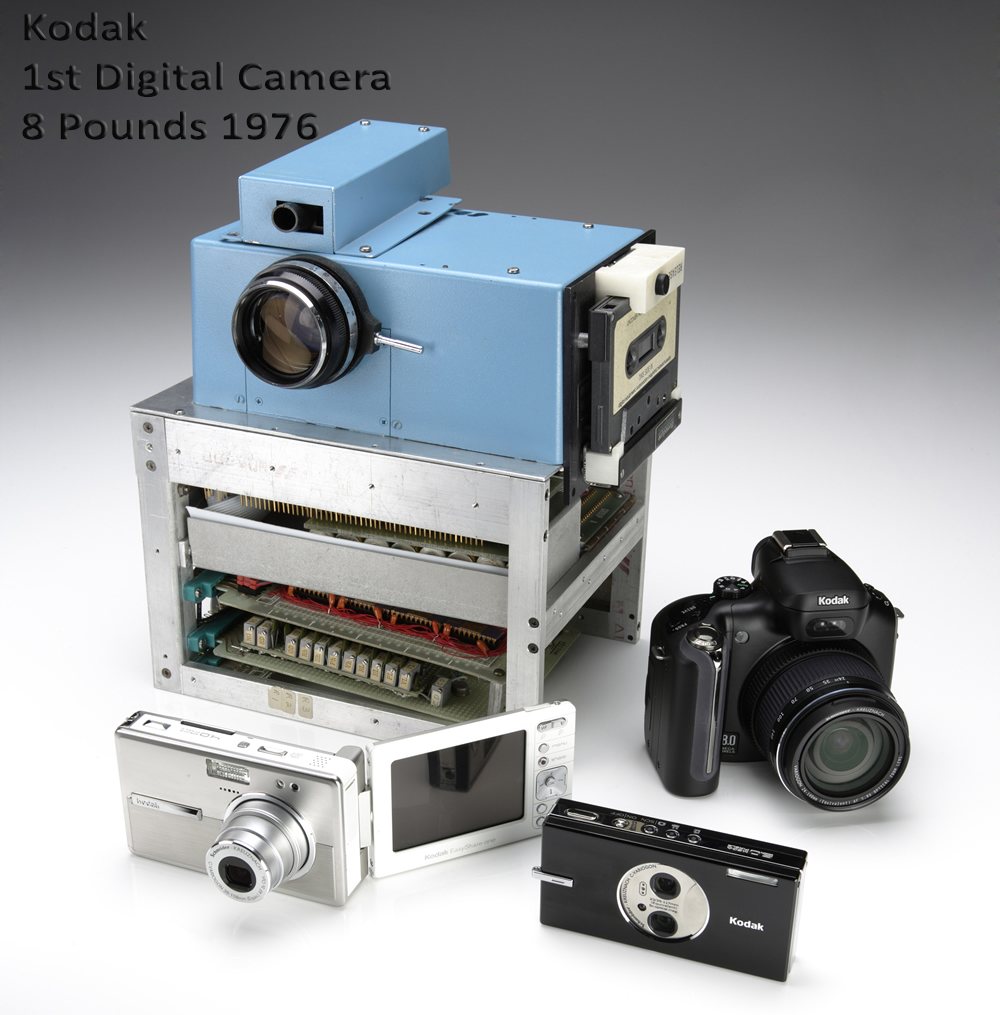
GRATEFUL PHOTOGRAPHY – DIGITAL
Let’s all thank Steven Sasson. At Kodak, Gareth Lloyd asked electrical engineer Steven Sasson if a high speed semiconductor, a CCD, would work as a camera image sensor. In 1975, Sasson invented a big blue contraption that could capture an image, convert that information into an electronic signal, then digitize the signal and store it in memory.
This was the first digital camera. It captured and displayed a black and white image in 45 seconds, weighed 8 pounds. Its resolution was .01 megapixels at 100 ppi by 100 ppi.
THE GRATEFUL PHOTOGRAPHER
To be able to hold the camera. To have one’s eyes open. To breathe slowly, as we release the shutter. The apparent simplicity of the trigger release of our index finger, which we take for granted, blinds us to the complexity of our brain, all our millions of cells and body chemistry that work in harmony.
If we stop to ponder how miraculous the workings of our fingers truly is, we can be grateful.
Simple gifts. Thank you heart for beating. Thank you lungs, for breathing. For helping us learn to see and perceive, thank you eyes and brain. For the love of grateful photography, thanks be to all.
Thanks for your visit. Jim Austin Jimages MA.


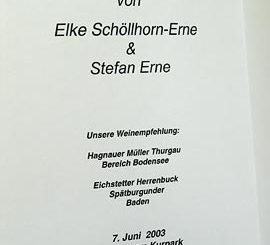

Leave a Reply